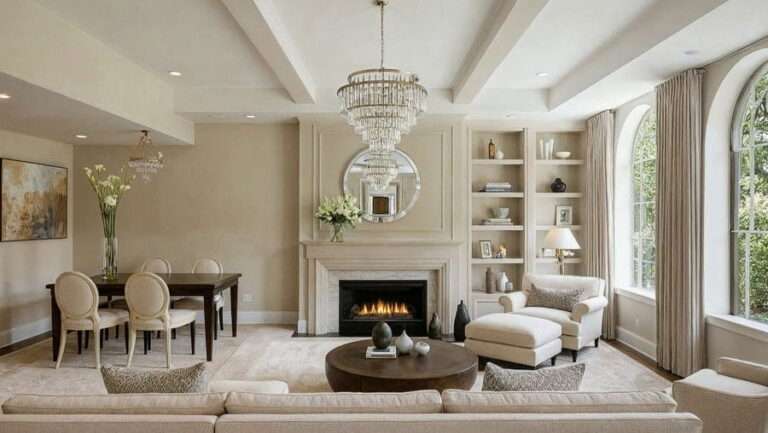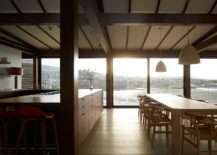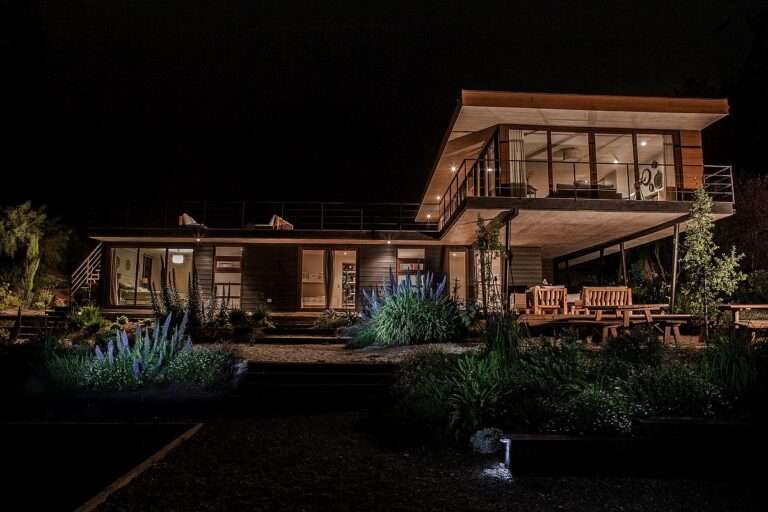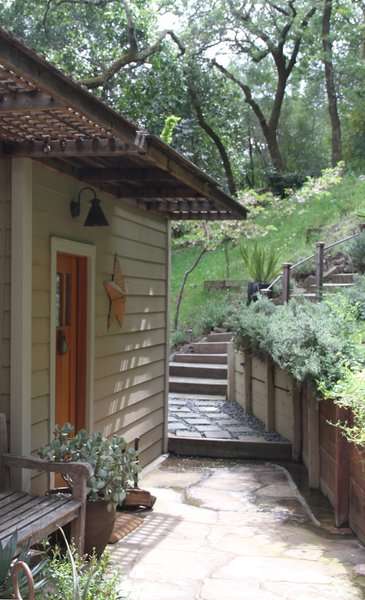With a practice grounded in revealing the beauty of often overlooked, functional objects, Kenny Son of Studiokyss, an object designer-maker based in Sydney, injects art and joy into the everyday. “I love the things that don’t stand out, but instead have a subtle kind of beauty,” he says.
Having trained as a craftsman, Kenny likes to see every object as having the potential to be an artwork. “I am very passionate about my work, you have to be passionate, otherwise you are almost faking it.” Diverting from many other object makers and artists, Kenny honours function just as much as aesthetics. “A teapot has to look like a teapot, and it’s got to work like a teapot. A lot of makers consider that as the secondary, but it’s important,” he says. “It has to have both, otherwise it becomes, to me, a dead object.”
Kenny’s workshop is located at his parent’s house in Sandy Point, south-west of Sydney. “My workshop overlooks a small stream; I work best on my own and when there is peace, no music and no disruptions,” he notes. His transformative work is predominantly hand-fabricated metalwork that involves modelling, sculpting and soldering to create high-end objects and sculptures. “A lot of the techniques I’ve learnt are traditional Korean techniques, but I needed to be honest with these traditional techniques and translate them in a way that makes sense to the modern space – something that can be seen within a contemporary house.”
Kenny’s path in the art world to becoming a designer-maker was far from linear. Born in South Korea, he moved to Australia when he was eight. “I always enjoyed making as a kid and building things; that’s something that came naturally to me,” says Kenny.
After a year of studying business at university, Kenny couldn’t ignore his niggling desire to pursue a more creative route as an artist. “I deferred that business course and applied for an arts degree, having never done visual arts in my life,” says Kenny. Approaching object-making with a mentality similar to that of competitive sporting, he enjoyed making things even if he wasn’t necessarily good at it – he wanted to win and excel.
As well as the competitive influence of his sporty childhood, Kenny’s Korean culture also plays into his art practice. “My parents were always encouraging me to not forget Korean cultural traditions and I wanted to go back as an adult,” says Kenny. As such, after completing his art study, Kenny completed a six-month mentorship under master metalsmith Sung Joon Cho in Korea. Here, he learnt traditional Korean metal craft skills among many more learnings that helped shape who he is today. “The time I spent with him shapes 90 per cent of what I do, what I produce and how I think in and around my work and practice.”
Kenny’s parents own and run a Korean restaurant, which also houses many objects Kenny has made. The light pendants, some of the spoons, the trays, weights that go out with the bill and decorations featured throughout the space are Kenny’s designs – a beautiful example of the seamless blending of traditional Korean aspects with modern Australia.
Kenny’s craftsmanship gives new meaning to sculpture. “I create objects and things that interact with people, and I hope to give that extra little bit of useful joy,” says Kenny Son. “If you start to enjoy objects just that bit more, my understanding is that life becomes that little bit more valuable.”
00:00 – Introduction to the Art of Everyday Objects
00:52 – Kenny From Studiokyss
01:59 – Incorporating Korean Culture and Traditions
03:10 – Subtle Additions to the Family Restaurant
04:37 – Creating A Peaceful Workspace
05:10 – The Object Creation Process
For more from The Local Project:
Instagram – https://www.instagram.com/thelocalproject/
Website – https://thelocalproject.com.au/
LinkedIn – https://www.linkedin.com/company/the-local-project-publication/
Print Publication – https://thelocalproject.com.au/publication/
Hardcover Book – https://thelocalproject.com.au/book/
The Local Project Marketplace – https://thelocalproject.com.au/marketplace/
For more from The Local Production:
Instagram – https://www.instagram.com/thelocalproduction_/
Website – https://thelocalproduction.com.au/
LinkedIn – https://www.linkedin.com/company/thelocalproduction/
To subscribe to The Local Project’s tri-annual print publication see here – https://thelocalproject.com.au/subscribe/
Photography by Youmee Jeon.
Objects by Kenny Son.
Filmed by The Local Project.
Edited by Brad Hurt.
Production by The Local Production.
Location: Sydney, New South Wales, Australia
The Local Project acknowledges the Aboriginal and Torres Strait Islander peoples as the Traditional Owners of the land in Australia. We recognise the importance of Indigenous peoples in the identity of our country and continuing connections to Country and community. We pay our respect to Elders, past and present and extend that respect to all Indigenous people of these lands.
#Art #Craftsmanship #Object




